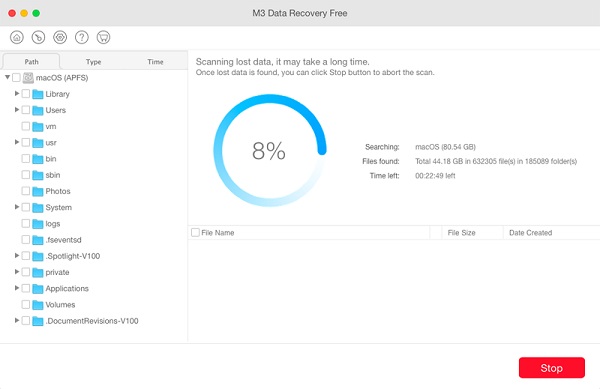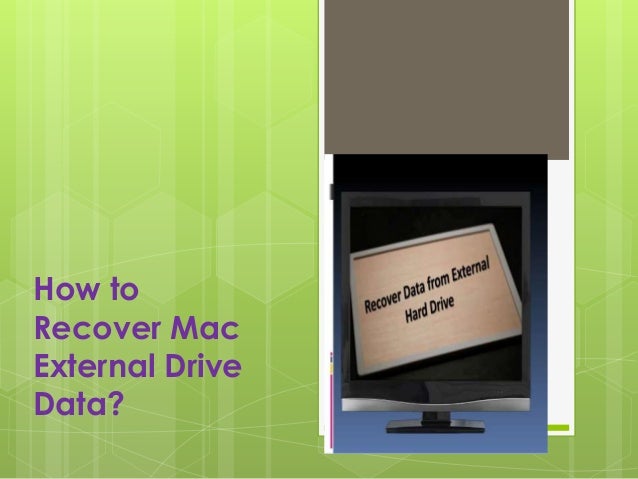

- #MAC DATA RECOVERY GURU EXTERNAL HARD DRIVE MAC FOR MAC#
- #MAC DATA RECOVERY GURU EXTERNAL HARD DRIVE MAC ARCHIVE#
- #MAC DATA RECOVERY GURU EXTERNAL HARD DRIVE MAC SOFTWARE#
Got a story? Drop me a line via Twitter or in comments below and let me know. Google+? If you use social media and happen to be a Google+ user, why not join AppleHolic's Kool Aid Corner community and join the conversation as we pursue the spirit of the New Model Apple? You need an external hard drive to set up and. With a routine in place you can breathe a little easier, safe in the knowledge that even if your SSD drive does expire, you won't lose your music, movies, photos and other precious data. So why do you have many backups taking up space on your MacBooks internal hard drive Because of local snapshots. Your entire digital existence is at risk if you don't backup, so get wise - backup today. Time Machine's biggest problem is that it isn’t bootable - if your drive dies, you needs to replace or repair it before you can restore the data from your archive.
#MAC DATA RECOVERY GURU EXTERNAL HARD DRIVE MAC ARCHIVE#
Another solution: create a bootable archive drive on a weekly basis to store outside the office (use two drives and swap them over, for convenience). You can also use Crashplan to backup to a remotely hosted drive. Remote online backup services such as Backblaze, Carbonite, Crashplan and others can help, though online backup and recovery is very time consuming. Dropbox is the best known, but iCloud, OneDrive and others are also available.Ĭonsider offsite backup to protect against fire, flood or theft. Keep all your documents in a folder that's live synched to the cloud and you'll have that secured.

Solutions such as Mac Backup Guru will even create versioned backups.
#MAC DATA RECOVERY GURU EXTERNAL HARD DRIVE MAC SOFTWARE#
Synch an external drive to your Mac and use back up software to make daily bootable archives.
#MAC DATA RECOVERY GURU EXTERNAL HARD DRIVE MAC FOR MAC#
Read this for an in-depth explanation - and please…īackup is essential for Mac users using SSD drives. This means your Mac can be working fine on the Tuesday only to completely expire the following morning. Data can only be rewritten so many times before the drive simply stops working. There's another good reason Mac users with SSD drives should backup - those drives have limited lives. So I decided to turn my attention to helping people secure their data with Mac Backup Guru to avoid needing data recovery in the first place.” But I realized SSDs with TRIM support are fundamentally different and impervious to deleted file recovery. SSDs work in a different way and would slow down over time were it not for Apple's use of TRIM, which erases all your data as soon as you delete a file, making data recovery impossible.ĭata recovery software expert Ben Slaney explains: “I used to help people retrieve lost data with Data Recovery Guru. When you delete data on an HDD the data isn't totally removed until you overwrite it - the system simply treats it as an empty data block and apps such as Data Recovery Guru can raise the data from the dead. The different ways SSDs and HDDs manage data is the problem. This wasn't a total disaster as his triple backup routine meant he lost time, not data, but it inspired him to write this guide to SSD risk. My former colleague, ex-Macworld editor David Fanning learned this when his six-week-old MacBook Air had a catastrophic SSD failure.


 0 kommentar(er)
0 kommentar(er)
